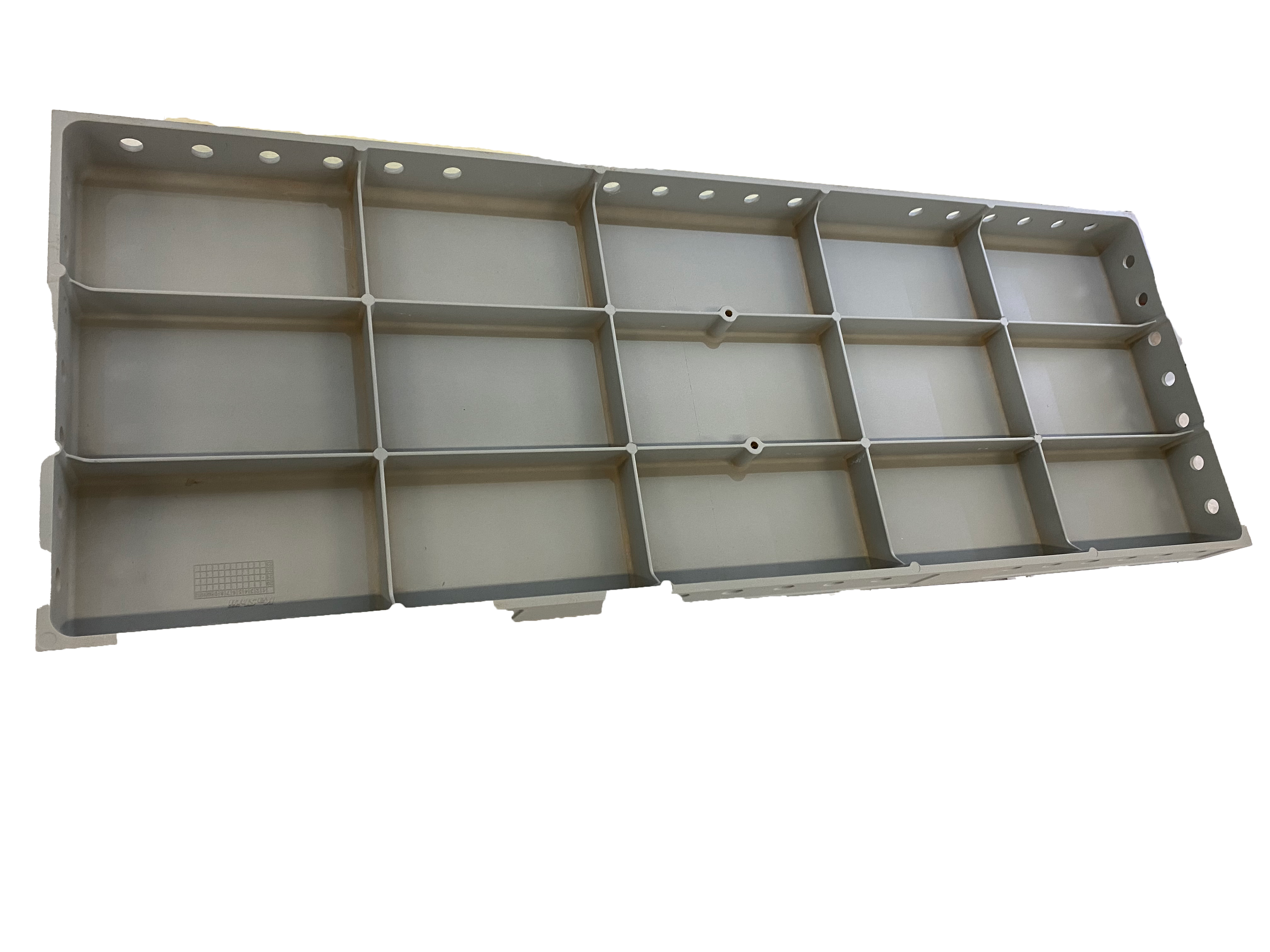Erreur de format d'e-mail
emailCannotEmpty
emailDoesExist
pwdLetterLimtTip
inconsistentPwd
pwdLetterLimtTip
inconsistentPwd

Nouvelles
Development Trend of Zinc Alloy Die Casting Technology
Zinc alloy die-casting is one of the most important aluminum die-casting in the traditional aluminum die-casting manufacturing industry, but traditional zinc-alloy die-casting manufacturers have long been out of step with the times, so how to explore new technology and new process to make zinc-alloy die-casting become aluminum again A new industry in the die casting manufacturing industry.
Zinc alloy die-casting is ZnA1-Cu-Mn quaternary aluminum alloy, which is widely used in various aluminum die-casting parts because of its advantages of low melting point, high-quality physical properties, and easy electroplating process. At this stage, the use of zinc alloy die-casting in the Pearl River Delta area of China reaches 200,000 t/a to 300,000 t/a, which is mainly used to produce various grades of small toys and auto parts.

Although the product quality standards of zinc alloy die-casting have become increasingly unified, and its composition regulations are basically the same, the actual effects of different types of aluminum die-casting and aluminum alloy applications are quite different. Some aluminum alloys perform well, while others are weaker, which is related to the production process. In this paper, based on the comparison of various influencing factors, the updated production process is explored, and the aluminum die-casting zinc products are prepared and carried out for comparison.
Various zinc alloy die-casting processes are relatively:
Furnace production process
The high-purity zinc liquid is used as the raw material for aluminum alloy production, and the gas stove is used to prevent the increase of iron caused by the melting of the stirrer. In order to control the weight of the aluminum alloy ingot within the range of ±0.3Kg, the high-purity graphite cone is used to control the total flow technology. The production process is simple and the production is low cost. However, the disadvantage of the liquefied gas furnace is that the direct yield is low, and the mechanical stirring makes the composition of the aluminum alloy liquid poor.
Other processing technology
A high-power DC cored furnace is used to melt the zinc and remove the slag, and then the zinc liquid is discharged from the hole in the furnace, and then flows into the coreless furnace to melt the aluminum alloy raw materials and generate aluminum alloy liquid. Use the overturning equipment to pour the aluminum alloy liquid, pour it into the holding furnace according to the coal hopper, scoop it out according to the mechanical equipment, and then introduce it into the zinc mold.
The major disadvantage of this processing technology is that more sludge is caused during the overturning process from the coreless furnace to the electric heating furnace. Moreover, the crawling vibration of the parallel line casting machine is not good for the quality of the surface layer of the aluminum alloy ingot. Also consumes a lot of energy.
According to the comparison of the above two processing techniques, it is found that the use of smelting machinery and equipment and the manipulation of smelting and processing techniques are the key factors affecting the production of aluminum die-casting and zinc products.
The use of smelting machinery and equipment
Commonly used melting furnaces include gasoline and diesel reverberatory furnaces, natural gas reverberatory furnaces, and induction heating furnaces. From the perspective of ensuring product quality, the DC coreless furnace is the best smelting machine and equipment for the production of zinc die-casting aluminum alloys. The reasons are:
- The airtightness is good, and it is possible to add less or no covering agents such as charcoal.
- The coreless furnace is fully automatic mixing, which not only reduces labor efficiency but also reduces the opportunity for iron special tools to contact the zinc alloy material solution.
- The mixing speed of the melt in the furnace is faster and uniform, and it can fully reflect the effect, so the slag is easy to use, and the aluminum alloy composition is very well-proportioned.
Conclusion
For more information about pressure die casting components,fully automatic die casting machine,different types of die casting, we are glad to answer for you.

